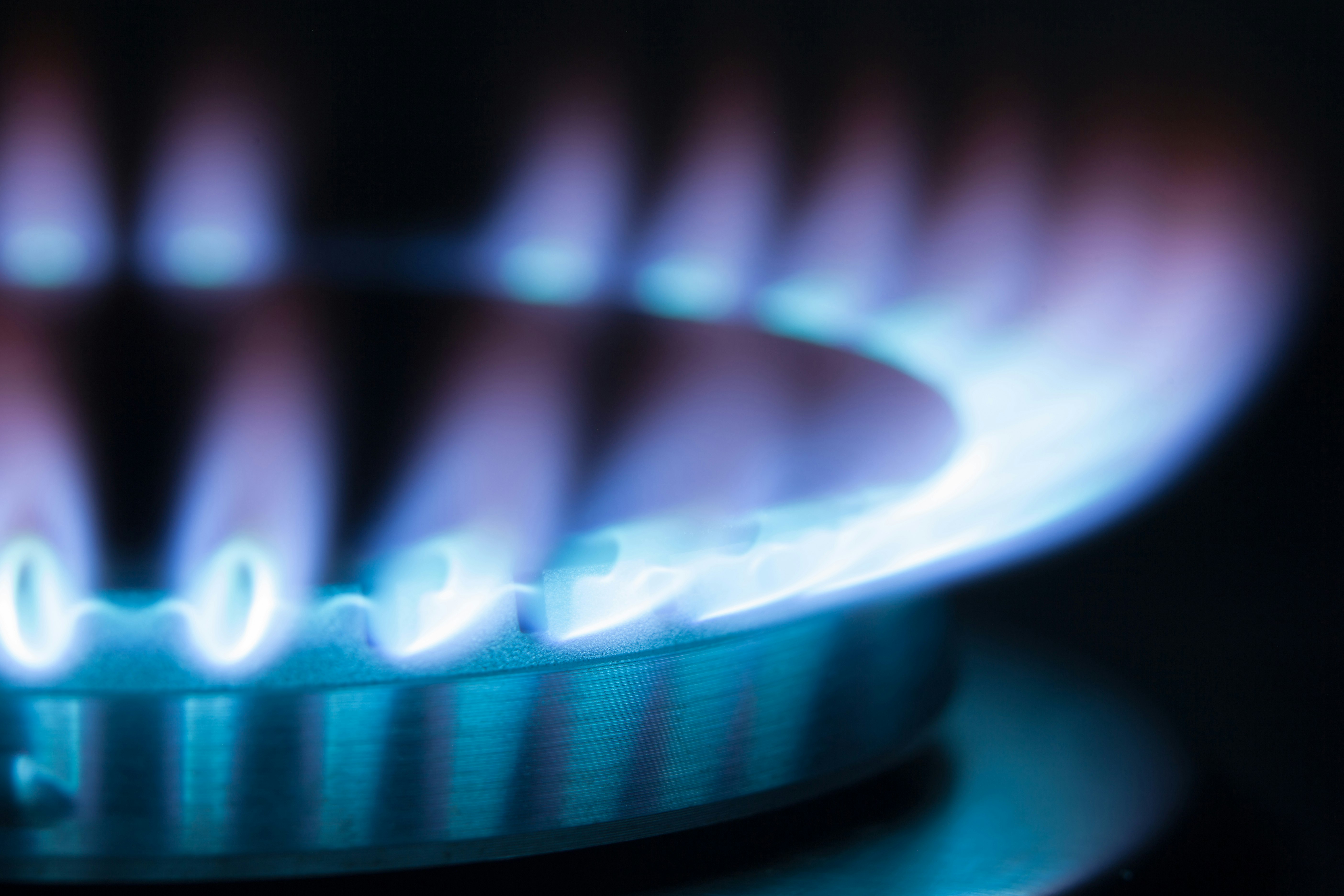EU Gas Trading in Transition: Gas Hubs & Pricing

In the first of two articles discussing the transition of EU gas trading, Nicholas Newman examines the contribution virtual gas hubs have made towards creating a fully-integrated European energy market.
Europe is the world’s second largest gas consuming region after the United States. With declining domestic output from the region’s production hot spots - including the North Sea, Holland's Groningen gas field, and the Lower Saxony district in Eastern Germany - the continent’s gas imports have risen commensurately. In the first nine months of 2017, Europe’s imports of gas reached 345 billion cubic metres (bcm), valued at €17 billion. Russia and Norway are the leading suppliers of natural gas to Europe, accounting for 44 and 33 percent respectively of imported pipeline gas.
In recent years piped natural gas imports have been joined by Liquified Natural Gas (LNG) imported from Qatar and, in the last year, by imports from the United States and Russia, which collectively have won 16 percent of Europe’s gas market. Perhaps the most striking developments are that Europe last year accounted for some 23 percent of total US LNG exports (or 0.84 bcm of gas equivalent), and that Europe has become a destination for LNG from Yamal since the facility came on stream last December. Overall, imported gas supplied 69 percent of Europe’s natural gas consumption compared with 64 percent in 2009.
Europe is now within reach of achieving a fully-integrated internal energy market, facilitated by huge investment in transmission and interconnectors, and the establishment of gas trading hubs, chiefly in the UK and the Netherlands. These have almost displaced the traditional multi-year, oil-indexed, fixed-price contracts between supplier and major customers, with gas being sold at hubs at spot and futures pricing. In these respects Europe’s energy trading has been one of gradual market transition. However, the ongoing experiments by energy companies, large traders and utilities in applying blockchain digital technology promises less of a transition and more of a European gas trading revolution; a topic which will be covered in greater depth in the second part of this two-article series.
The Rise of Gas-Hub Trading
Until recently wholesale natural gas prices were indexed against the price of oil, based on the assumption that consumers could easily switch between oil and gas for standing uses such as power generation. However, tougher environmental regulations and the mounting cost of maintaining dual fuel capacity have made swapping less feasible, and an oil price of over $100 a barrel made the link between the two fuels unsustainable. Therefore, the usual arrangements of Russia’s Gazprom and Algeria’s Sonatrach, in supplying European utilities with oil-indexed, fixed-price multi-year contracts, were undermined by several well-publicised, renegotiated contracts with major utilities. The industry was well aware of the EU’s long-term aim of creating a single market, facilitating cross-border energy trading.
First to take advantage was Britain, which pioneered the first virtual gas hub, the National Balancing Point (NBP) in 1996, to sell and buy UK natural gas. This was followed by the Dutch Title Transfer Facility (TTF) established in 2010, as well as CG in Germany, PEG Nord in France and PS in Italy. Since 2015, wholesale gas is mainly sold through regional gas hubs, and nearly two thirds of European wholesale gas prices are set by these trading hubs.
According to Professor Jonathan Stern of the Oxford Institute for Energy Studies, the result of this arrangement is “that any new buyer of gas or someone renewing a contract - whether piped from Russia or delivered from the United States - will be based on some form of hub price”. European over-the-counter trading of natural gas last year reached 29,062 Terra Watt Hours, with the Dutch and UK gas hubs accounting for virtually 82 percent or 53.6 and 28.3 percent respectively.
Meanwhile, the EU’s energy reforms have created a single energy market across the UK, France, the Netherlands, Belgium, Germany, Denmark, Italy and Austria, where index linking of gas to oil has been discontinued. Elsewhere, integration has been slower, chiefly in countries where large-scale cross border pipeline capacity links do not yet exist, such as Albania, Malta and Cyprus, or where they remain limited, such as Spain, Serbia and Greece. In these cases it is standard practice that gas prices relate to regional hubs, in anticipation of being eventually connected to the European gas grid.
No Single Price for Gas
A combination of gas trading hubs and regulatory oversight from the European Commission is helping to ensure that prices more truly reflect supply and demand (rather than entrenched market powers). Though there are times when prices in one European country can be higher or lower than in another, this fact is mainly attributable to transmission and storage capacity issues in the trans-European pipeline network.
A case in point is the recent divergence of UK gas hub prices from mainland Europe, due in the main to the sudden closure of the offshore gas storage facility at Rough, unscheduled production outages in Norwegian gas fields, and the persistent threat of unscheduled closures of French nuclear power stations. Recently, the cold snaps in North Western Europe have decidedly affected both the supply and demand for gas. Traders have been left desperate for supplies, as underground stockpiles held in Britain, Belgium and France were at their lowest since 2015, and LNG cargoes were hard to find due to increased demand from the Asian market.
Nevertheless, such occurrences should not divert attention from the contribution gas trading hubs have made towards creating a more stable, integrated and predictable market for natural gas in the European Union.
But perhaps not for long. New applications of the distributed ledger technology blockchain may be about to fundamentally change the way natural gas is traded, and allow for the entrance of new actors into the market. To learn more, read the second installment in this two article series - EU Gas Trading in Transition: The Impact of Blockchain.
